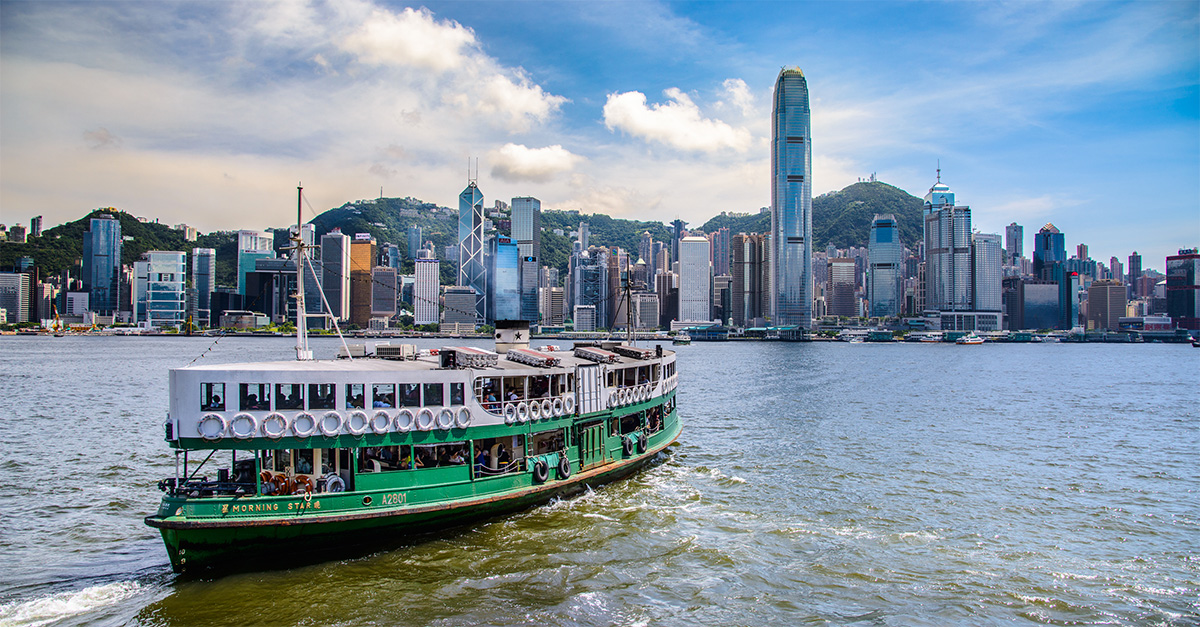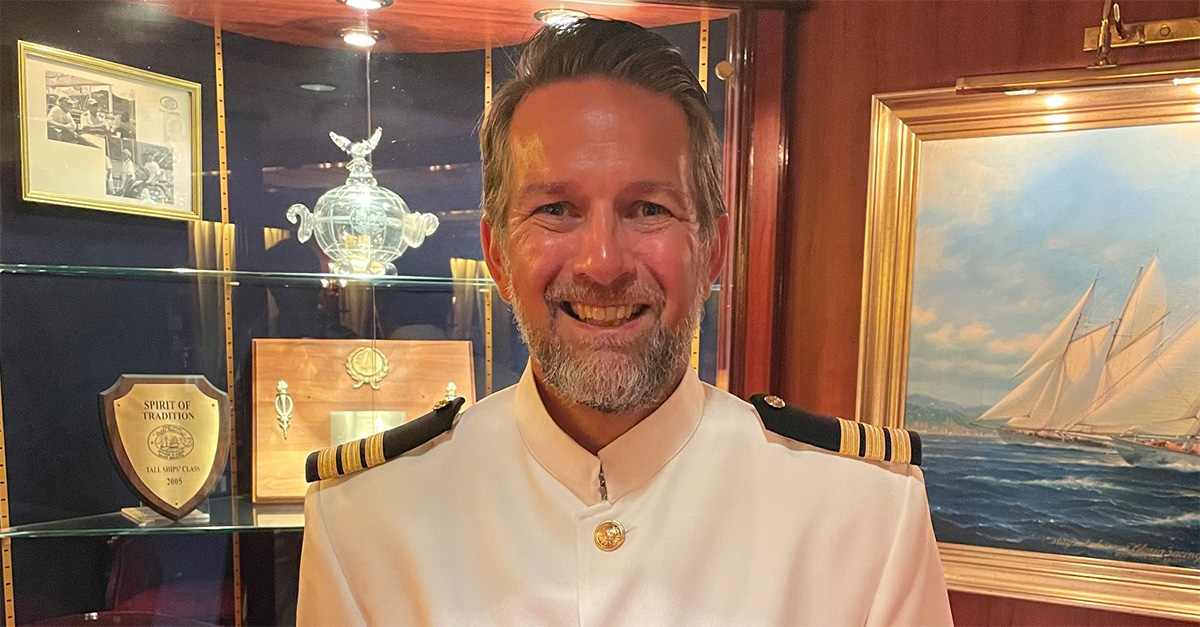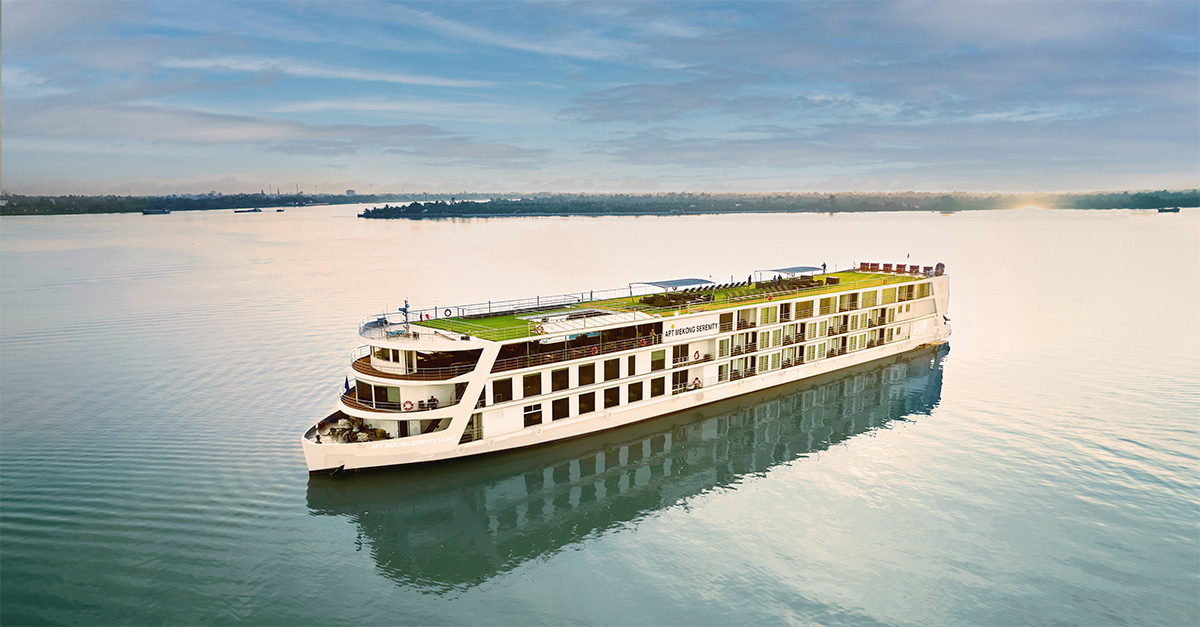Spice up a city break by combining the capitals of the Baltic states on an escorted tour
If you were booking a Baltic trip 20 years ago, it would probably have been for a stag do.
But the past decade has seen Tallinn, Riga and Vilnius reach beyond those raucous tourists to appeal to a more considered traveller – one attracted not by bargain flights and cheap beer but instead by the fascinating history contained within these destinations’ beautiful old town walls.
Although short flights and compact city centres make the capitals of Estonia, Latvia and Lithuania fertile weekend territory, these brief breaks can sell the region short. An escorted tour does their wider countries far more justice, not only giving clients the chance to compare and contrast the three capitals, but also to enjoy cultural sights and natural beauty spots beyond them.
And while travelling on a tour of all three countries with Exodus Adventure Travels, I realised that seeing the sights alone – from castles and cathedrals to former nuclear bunkers – isn’t enough. Only local, expert knowledge can adequately illuminate the great sweep of these nations’ histories, from Hanseatic League trading hubs to isolated Soviet states that morphed into the thriving tech powerhouses of today.
Every element of the tour was infinitely enriched by the stories told by our guides Andrius and Marius, both about historic events and their own life experiences, and it was these insights that made my Baltic journey memorable rather than ephemeral. So next time your clients ask about a Baltic city break, consider an escorted tour instead.

Tallinn
My Exodus itinerary started from the north, in Tallinn. The Estonian capital’s pint-sized, perfectly preserved 13th-century Old Town is the smallest of the bunch, but packed with interest. Wandering the cobbled streets of the Lower Town, clients will see pretty medieval merchants’ houses and guild headquarters.

Then climb Toompea Hill to see grand government buildings rubbing shoulders with the ornate, onion-domed Alexander Nevsky Cathedral, plus hefty city walls peppered with panoramic viewpoints.
For all its charms, Tallinn’s Old Town can feel a little like a historic theme park – it’s very tourist-focused, with locals living, working and socialising in the sprawling new part of the city. Here, the KGB Museum in Hotel Viru is fascinating, particularly in the artefacts and exhibits on the top floor, from where the Soviet intelligence agency spied on foreign guests.

Riga

Riga’s medieval Old Town sits between the Daugava River and the wide boulevards of the neighbouring art nouveau district. The city’s architectural diversity is exemplified by Riga Cathedral, with Gothic, Romanesque, baroque and art nouveau touches side by side in the same structure.
The 43m-high Freedom Monument is a symbol of national pride, built in 1935 to commemorate liberation from tsarist Russian rule and spared from destruction by the Soviets – some say because the minister of culture thought it so beautiful.
Alongside this, the skyline is dominated by the towering National Library, a striking, modern building nicknamed the Mountain of Knowledge, and the curvaceous halls of the 1920s central market. Here, clients can sample local foods (see page 46), washed down with glasses of kvass, a traditional low-alcohol beer made from fermented rye bread.

Vilnius

Vibrant Vilnius is home to many thriving cultural venues and an impressive collection of street art alongside a sprawling, historic Old Town – the largest of the three. The Gate of Dawn, a remnant of the 16th-century walls and now a major pilgrimage site with a famous Madonna, is a reminder that unlike the other two Protestant Baltic nations, Lithuania is Catholic.
The pretty courtyards of the Glass Quarter were home to the city’s Jewish population from the 17th century, but during Nazi occupation the area became a ghetto, and memorials and plaques now commemorate this dark period.
Behind the handsome Cathedral Square looms Gediminas Castle, the only surviving tower of a 15th-century fortification, and a great place to enjoy views over the city. Quirky Uzupis is a bohemian neighbourhood that proclaimed itself an independent republic in 1998 – travellers can get their passports stamped and read its whimsical constitution, which is printed on the walls in more than 50 languages.

Baltic road trip
During spring and summer, the flat Baltic countryside is a verdant carpet of vegetation, with fertile fields often giving way to dense forests. The Exodus tour visits Estonia’s Lahemaa National Park, where the woods are backed by wetland and beaches, and Latvia’s Gauja National Park, where the trees summit sandstone outcrops and cloak the mouths of grottoes and caves.
The sea is rarely far away, and the itinerary showcases Latvia’s Jurmala – the Baltic’s largest seaside resort – where a white-sand beach is backed by pine forests, spa hotels and historic wooden art nouveau villas. It also hops over theborder to Lithuania, where the Curonian Spit is home to Europe’s largest drifting sand dunes.
Cultural sights aren’t only to be found in capitals, and the tour takes in Estonia’s second city of Tartu, Latvia’s baroque Rundale Palace (which shares a designer with St Petersburg’s Winter Palace) and Lithuania’s picturesque island castle Trakai. In Lithuania, clients will also visit the Hill of Crosses, an atmospheric pilgrimage site that’s home to more than 100,000 wooden crosses, and the Cold War Museum, inside a once-secret USSR missile base in the forest of Plokstine.

The driving distances in these small nations – all three together are comparable in size to the UK – are never too long, but these journeys give guides an opportunity to talk. For me, the most fascinating topics surrounded their childhoods during the Soviet era; Andrius said when he read George Orwell’s Animal Farm, it felt like his everyday life.
These shared memories and fascinating talks on history and culture from our guides made the journeys speed by, not only with tales but also with tipples. Herbal spirits are popular in the Baltics, and as we travelled along quiet roads we toasted each new nation with its native drink – Vana Tallinn in Estonia, Riga Black Balsam in Latvia and finally Lithuania’s 999 – all with an ABV of more than 40%. Which brings me to another escorted tour benefit – someone else behind the wheel.

Book it
Exodus Adventure Travels’ 12-day Discover the Baltics tour starts from £1,799 per person based on two people sharing a twin or double room, with a departure on May 29, 2025. The price includes breakfasts, a tour guide and all transport and activities listed in the itinerary, but not flights. Exodus also offers agents the flexibility to book different flight options to suit their clients; a flight-inclusive price for the same itinerary and date starts from £2,327 per person.
exodus.co.uk

4 must-try Baltic foods
1. Dumplings

Dumplings are the Baltics’ carbohydrate of choice, and there are lots of different kinds. Eat pelmeni – small, ravioli-style pockets made with flour – in Estonia or Latvia, or in Lithuania the larger, hefty, potato cepelinai (or Zeppelins, named after their shape, pictured). Both are usually filled with minced meat and served with sour cream and dill.
2. Beetroot soup

Rather than piping-hot, Russian-style borscht, the Baltics’ light, summer version of beetroot soup
is served cold. Kefir turns the soup salmon pink rather than maroon, and it comes with boiled egg, dill and warm fried potatoes.
3. Smoked fish

Rather like neighbouring Scandinavia, the cuisine of the Baltics features plenty of smoked fish, from mackerel and herring to eel and sprat. If clients aren’t fans, remind them this is also a caviar region, and they can pick up tins of this delicacy instead.
4. Pickles

There’s almost nothing that can’t be pickled in the Baltics, from obvious candidates such as cucumbers, cabbage and beetroot to more unexpected items such as tomatoes, pumpkins and mushrooms. In the markets, stalls groan with jars ready to take home.
PICTURES: Shutterstock/asta.sabonyte; Shutterstock/Kapi Ng, Altug Galip, krivinis; Shutterstock/Andreia Veiga; Shutterstock/Boris Stroujko, Arcady, naturesharing, Juris Kraulis, Tatsiana Kalasouskaya, Svetlana Monyakova, Shaiith, Michele Ursi; Shutterstock.Sergei25




